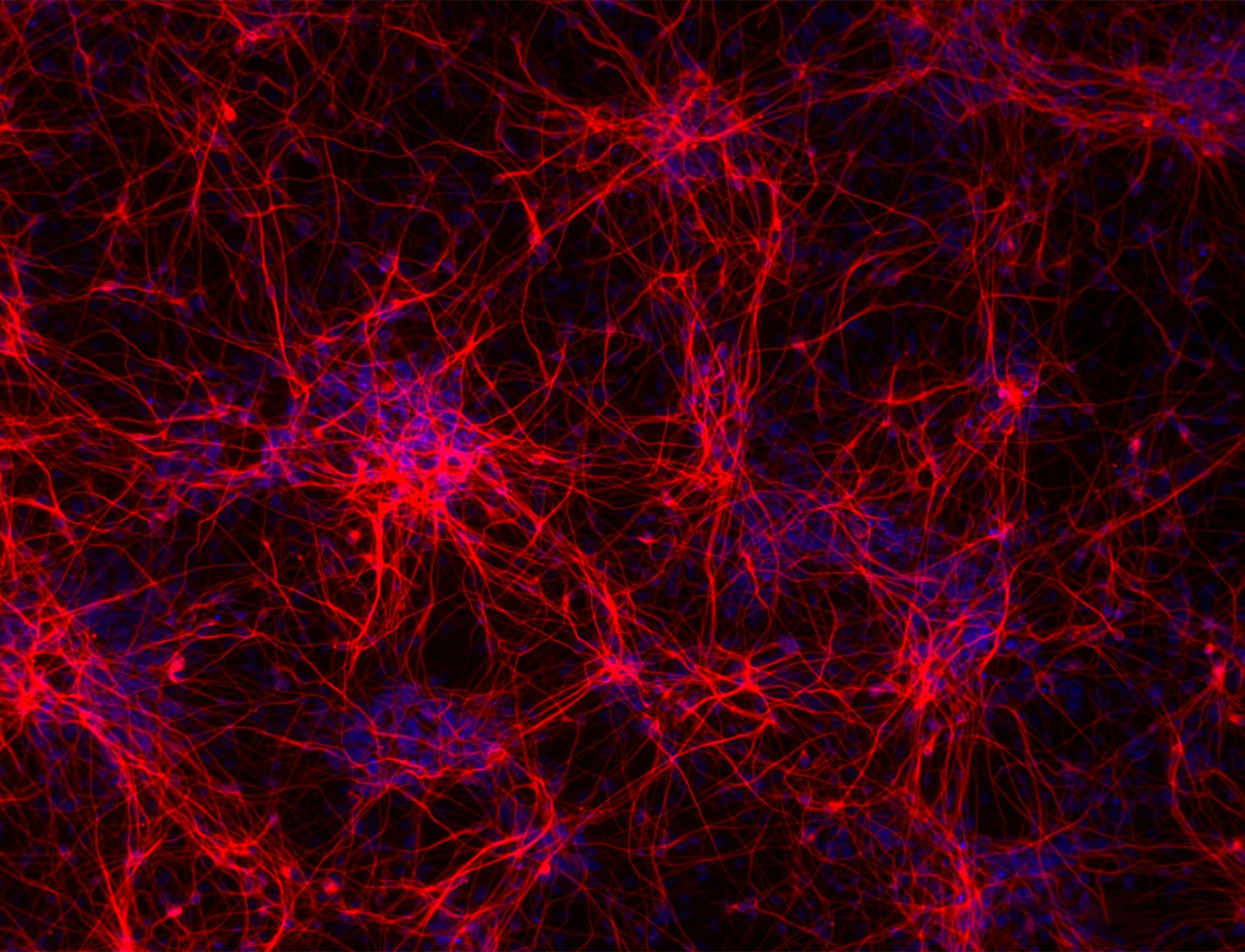Schizophrenia risk gene ZNF804A controls ribosome localization and synaptogenesis in developing human neurons

ZNF804A was amongst the first genes robustly associated with schizophrenia based on findings from large-scale genomic studies. Previous research has implicated ZNF804A in the regulation of gene expression and synaptic function, but the role of this gene in neurodevelopment and in schizophrenia pathogenesis remains unclear.
To study its function during neurodevelopment, the authors generated isogenic human induced pluripotent stem cells (hiPSCs) with reduced ZNF804A expression, differentiated them into developing cortical glutamatergic neurons and studied their transcriptomic, synaptic and protein signatures. Mutant neurons showed modest evidence changes in gene expression. However, high-content confocal imaging revealed increased excitatory synapse density in mutant neurons. Cell-compartment specific proteomic analysis further revealed that mutant neurons had higher levels of ribosomal and translational proteins within neurites, and high-content imaging confirmed increased local protein synthesis efficiency.
Overall, these results demonstrate that in human developing cortical glutamatergic neurons, ZNF804A regulates excitatory synapse formation potential via increased local protein translation.
Deepak P. Srivastava, et al
bioRxiv
2024
Featuring opti-ox enabled glutamatergic neurons iPS cell line